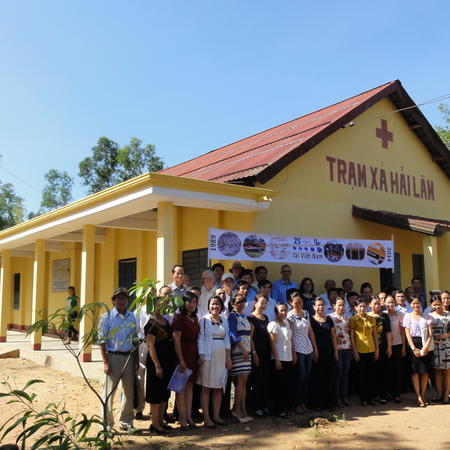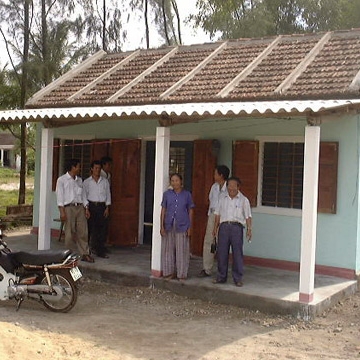- English
- Français
- Tiếng Việt
Earthquakes

Since the early 1970's DW has had a focus on disaster risk reduction n the broader context of development and poverty reduction in poor and vulnerable communities, and from the start this has included providing guidance and training for making buildings more earthquake resistant.
Luristan builders being trained by DW in the Selseleh Integrated Development Programme in western Iran between 1975-78 requested DW to include practical and theoretical sessions on why buildings are damaged by earthquakes and about the measures that can be taken to reduce this risk. Training in Yazd guided luri builders in ways to make the timber roof structures stable and resistant, and tested ways to make composite mud brick and fired brick walls remain intact when shaken.
Later training programmes have taken place in Guinée Conakry (1984/5) and incorporated earthquake resistance into school building in northern Pakistan (1992).
After the Tsunami in Banda Aceh DW took the DW Viet Nam model of promoting safe housing based on generic key principles and develop the Aceh Safe House Project with support from the British and Indonesian Red Cross, so that communities would know how to build earthquake resistant home after the aid was over.
When the earthquake struck Haiti in January 2010, DW again took this earthquake and cyclone resistant construction experience to develop the designs and training materials for disaster risk reduction programme supported by Save the Children US that sued school buildings as a vehicle for training builders and community leaders in safer risk reducing construction good practice and skills based on ten key principles for cyclone and earthquake resistant construction.











